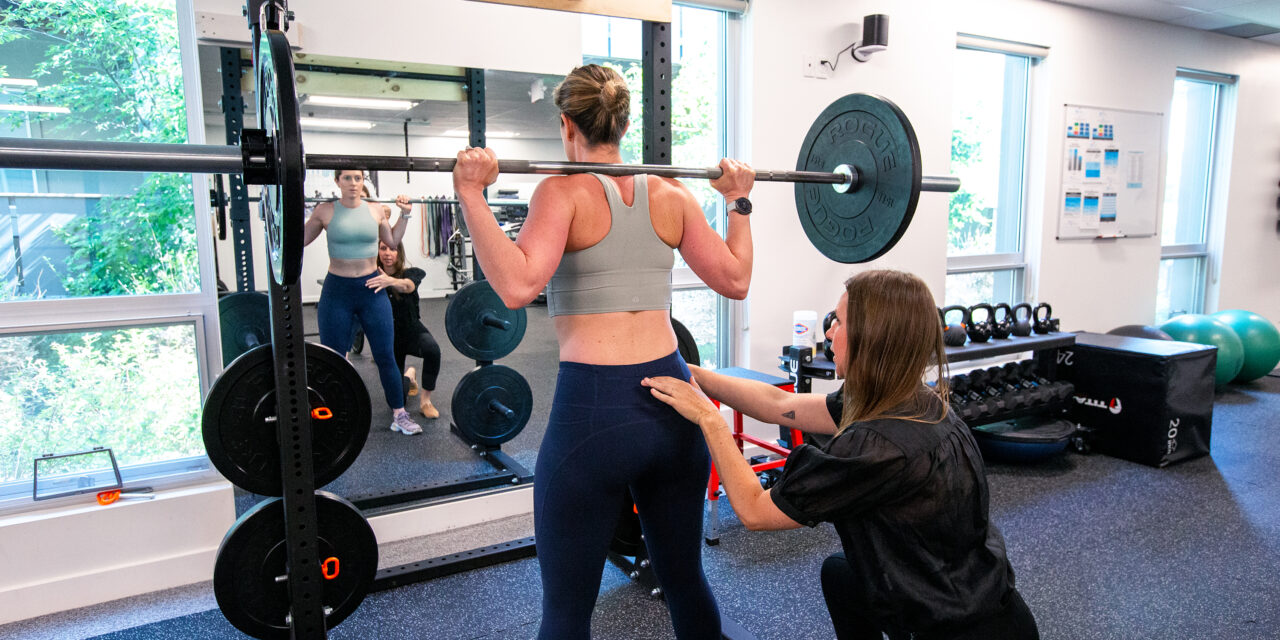Strong from the Floor Up: How to Engage Your Pelvic Floor in Squats & Deadlifts for CrossFit Women
Whether you’re cycling through deadlifts in a WOD or chasing PRs with heavy back squats, one of the most overlooked — yet critical — components for female athletes is the pelvic floor. More than just “private” muscles, the pelvic floor plays a key role in core stability, breathing mechanics, and load transfer. Learning to connect...








